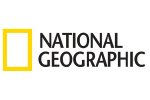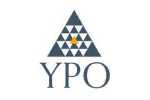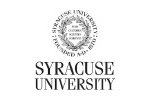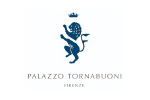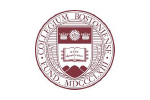

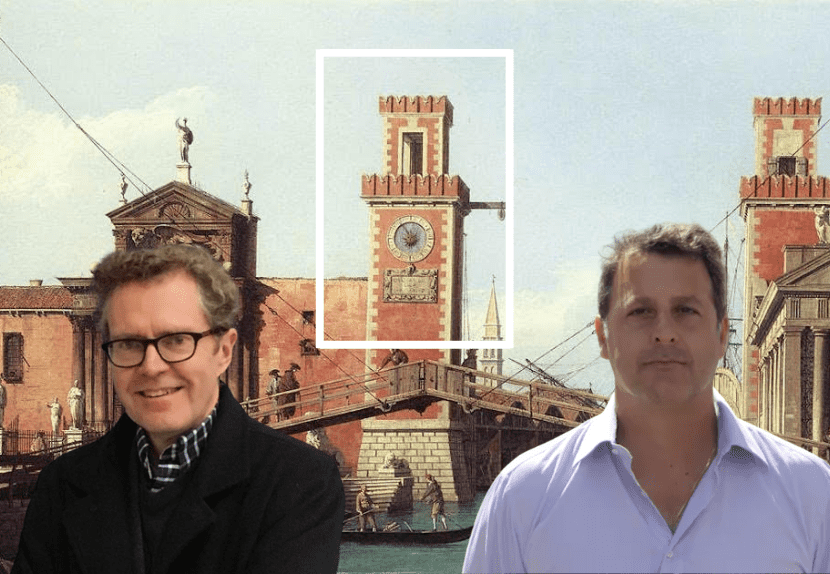

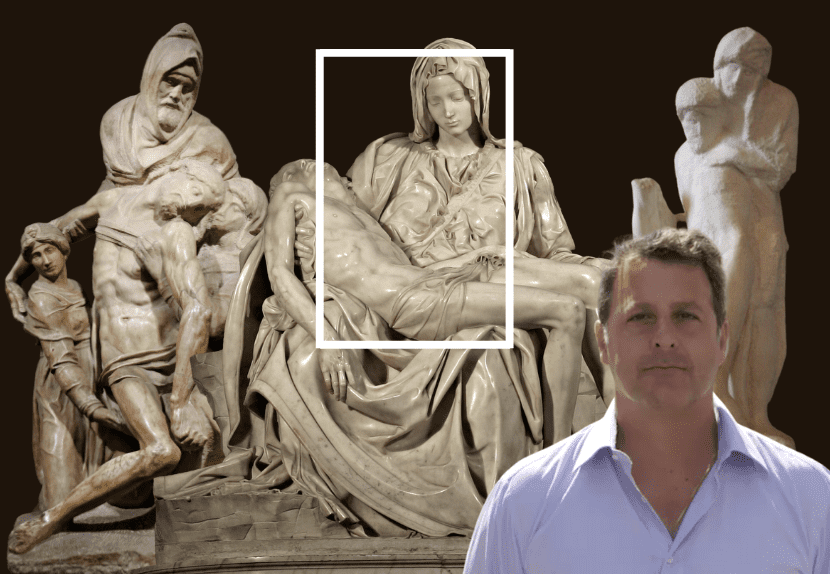
EXCLUSIVE WEBINAR BUNDLE
“Thursdays in April”
Presented by Dr. Rocky Ruggiero and special guests Dr. John Paoletti, Ross King, and Dr. Niall Atkinson
Dates & Times:
Thursday, April 7, 14, 21, 28
(Please note new time)
2:00 – 3:00pm ET | 11:00am – 12:00pm PT |
7:00 – 8:00pm London
EXCLUSIVE WEBINARS | “Thursdays in April”
Each webinar will include a 45-minute lecture followed by 15-minutes of Q&A.
Please note:
EXCLUSIVE WEBINAR | “Paths to Power: Strategies of Medici Patronage in Fifteenth-Century Florence”
Presented by Dr. John Paoletti
with Additional Commentary by Dr. Rocky Ruggiero
During the course of the fifteenth century four generations of the Medici family moved from a relatively minor banking family to the de facto rulers of the city of Florence before being expelled in 1494. Among (sometimes quite ruthless) political and economic methods, male members of the family – Giovanni di Bicci, Cosimo di Giovanni and his brother Lorenzo di Giovanni, Piero di Cosimo and Lorenzo the Magnificent – used the arts as potent forms of propaganda to insinuate themselves into a rulership position over a city that had a proud history as a republic. Their artistic patronage, its appearance in critical areas of the city, its transformation of traditional modes of self-presentation, its use of style and its subtle but threatening imagery all helped to insure Medici control over Florence for nearly a century. Their artists – Donatello, Botticelli, Brunelleschi, Fra Angelico, Michelozzo, Verrocchio – are well known – but the consistent but subtle messages of power that underlay Medici patronage are less well known in part because they are deliberately ambiguous, leading to Cosimo’s presumed quip when asked about what he was saying: “Learn my language.” That is what we will try to do.
John Paoletti received his Ph.D in art history from Yale University. He taught the history of Italian Renaissance art and of the art of the twentieth century at Wesleyan University from 1972 to 2009, having previously taught at Bryn Mawr College and Dartmouth College. He was a William R. Kenan Professor of the Humanities at Wesleyan from 2005 until his retirement. He received the Binswanger Prize for Excellence in Teaching at Wesleyan in 1997 and the Distinguished Teaching of Art History Award from the College Art Association in 2003. He was a Fellow at the School of Historical Studies, Institute of Advanced Study, Princeton in the spring of 2001 and Visiting Professor at the Villa I Tatti, Harvard’s Center for Renaissance Studies in Florence, in the late fall of 2008. He is currently serving as a member of the Committee on Prints and Drawings at the Museum of Modern Art, New York. From 1996-2000 he was the editor-in-chief of The Art Bulletin, the journal of record in art history in the United States. He served as guest curator for exhibitions at the Wadsworth Atheneum and the Yale Center for British Art, as well as at Wesleyan. He lectured on a number of occasions at the Metropolitan Museum and for the Friends of Florence. He is also a lecturer for Smithsonian tours.
His book, Michelangelo’s David: Florentine History and Civic Identity, was published in 2015; it uses the popular culture and civic history of Florence to open new ways of interpreting the David. He is the co-author with Gary Radke of Art in Renaissance Italy, now in its fourth edition. With Roger Crum he is the co-editor of and contributing author to Renaissance Florence: a Social History, (New York, 2006). He has contributed catalogue essays for exhibitions at the Walker Art Center, the National Gallery of Art and the Nürnberg Kunsthalle. He has contributed articles on Italian sculpture and Medici patronage to a number of essay collections and festschriften, and to The Art Bulletin, the Jahrbuch der Berliner Museen, Artibus et Historiae, Pantheon, and Renaissance Quarterly. He is currently at work on Medici patronage during the fifteenth century and on a monograph on the contemporary German artist Georg Baselitz.
The webinar will include a 45-minute lecture followed by 15-minutes of Q&A.
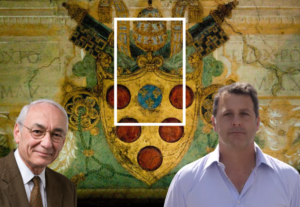
EXCLUSIVE WEBINAR | “The Arsenale: Venice’s ‘Factory of Marvels'”
Presented by Ross King
with Additional Commentary by Dr. Rocky Ruggiero
In the 1500s the Arsenale was described as the foundation of Venice’s greatness and the bastion of Christendom. It was without doubt the most impressive and sophisticated industrial facility of the Middle Ages and Renaissance. This lecture will look at how its engineers drew on newly discovered works by Aristotle as well as on the expertise of both Galileo and Palladio, and how it inspired artists such as Titian and Vittore Carpaccio.
Ross King is the award-winning author of numerous books on Italian and French art and history, including Brunelleschi’s Dome and Michelangelo and the Pope’s Ceiling. His biography Machiavelli: Philosopher of Power has been called a “convincing portrait of one of the most misunderstood thinkers of all time.” His most recent book, published in April 2021, is The Bookseller of Florence: The Story of the Manuscripts That Illuminated the Renaissance.
The webinar will include a 45-minute lecture followed by 15-minutes of Q&A.

EXCLUSIVE WEBINAR | “Getting Lost in the Renaissance: The Geography of Urban Disorientation”
Presented by Dr. Niall Atkinson
with Additional Commentary by Dr. Rocky Ruggiero
A merchant in fourteenth-century Naples has to relieve himself at night in an alley, a woodcarver in fifteenth-century Florence decides to ignore a dinner invitation, the poet Petrarch finally arrives in Rome for the first time, and a Roman servant returning to his native city can’t remember where his mistress’ palace used to be. What do all these characters have in common? They are all hopelessly lost. Pre-modern city-dwellers constructed their sense of self by linking their fates to the structures and people with which they lived. But what if those same city-dwellers found themselves in unknown territory or suddenly found that the streets they thought they knew had become a series of alien encounters? This presentation explores the nature of the relationship between familiar and unfamiliar urban spaces in the Renaissance. Contrary to prevailing assumptions about the emergence of the modern individual as a self-made entity, these episodes reveal just how unstable one’s identity actually was and just how difficult it was to actually “know thyself.” Such knowledge was always a negotiation between the self, others, the past, and the built environment. In our current world, where cities are becoming ever more densely aggregated into diverse real and virtual overlapping neighborhoods, communities, and territories, we stand to learn a lot, by looking to the past precisely at the moment of the re-urbanization Europe, about how we can participate in the construction of cities, with and against the policies that shape our cities from above. In doing so, we can make cities work for us and make them meaningful to our everyday lives.
Niall Atkinson is Associate Professor of Art History and Romance Languages and Literature at the University of Chicago. His research focuses on the experience of architecture and urban space in early modern Italy in order to understand the build environment as a collective social construction of the body’s sensorial apparatus. His recent work has explored the relationship between sound, space, and architecture and their role in the construction of civic society, culminating in the publication of The Noisy Renaissance: sound, architecture, and Florentine urban life (Penn State, 2016). He is currently co-writing a book on the urban visual and spatial effects of the narratives and itineraries of French travelers to early modern Rome (with Susanna Caviglia, Duke University). He is also experimenting with digital technologies to spatialize the demographic data contained in the 1427 tax census of Florence (catasto) into an interactive geographic platform. In collaboration with a consortium of related digital reconstruction projects focused on Renaissance Florence (Florentia Illustrata), this method of geo-referenced spatial history will lay the groundwork for future experiments in mapping the soundscapes and other sensory experiences of early modern cities. Future projects include the role of city descriptions in mediating cultural exchange in early modern Mediterranean travel accounts, as well as an ongoing interdisciplinary collaborative project exploring the cultural interactions of the Indian Ocean (“Interwoven: Sonic, visual and textual histories of the Indian Ocean world”). In 2018, he co-curated the US Pavilion at the Venice Architecture Biennale on the theme, “Dimensions of Citizenship.”
The webinar will include a 45-minute lecture followed by 15-minutes of Q&A.
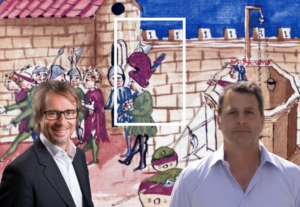
EXCLUSIVE WEBINAR | “Michelangelo’s Three Pietàs”
Presented by Dr. Rocky Ruggiero
The extraordinary exhibition currently at the Museo dell’Opera del Duomo in Florence, Italy, displays Michelangelo’s recently restored Bandini Pietà next to casts of his two other interpretations of the subject located in St. Peter’s Basilica and the Sforza Castle respectively. In light of the unique opportunity to view all three sublime statues side by side, this webinar will explore the history and style of the three statues, as well as the biographical circumstances surrounding their creation.
The webinar will include a 45-minute lecture followed by 15-minutes of Q&A.

Sold Out





